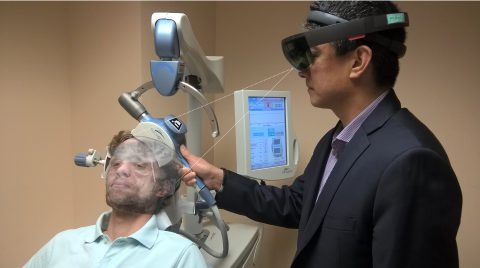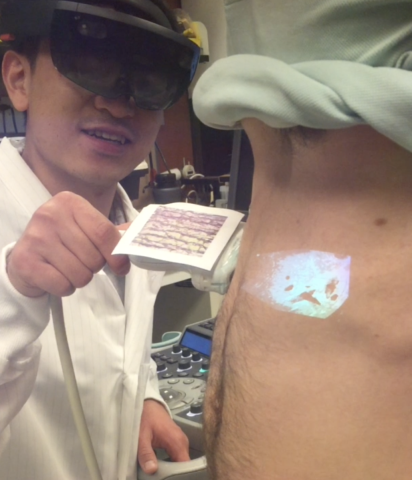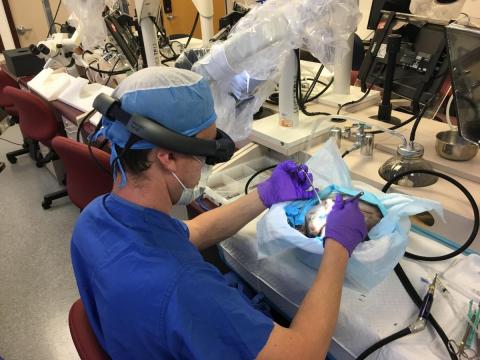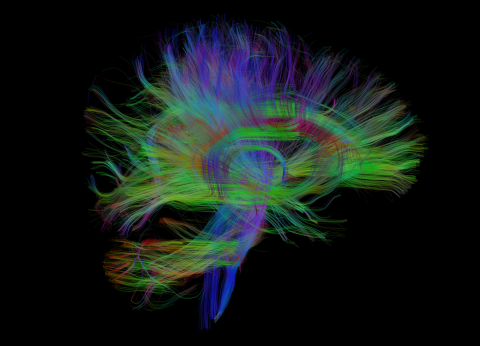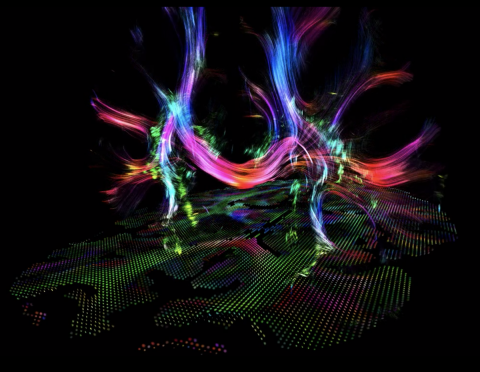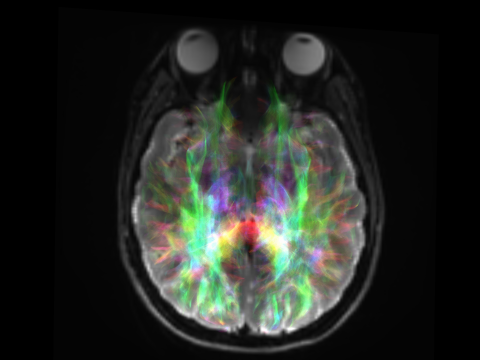Mixed reality plays an increasingly important role in a variety of fields from medicine and industry to consumer applications by visualizing virtual content in the user’s field of view.
In neuroscience, mixed reality or augmented reality can be used to guide clinicians or researchers to important anatomy. Virtual reality can provide a controlled environment for participants during behavioral experiments. Further, brain recordings are increasingly being examined as possible input sources for mixed reality devices.
Our Technology
Mixed reality headsets (Hololens 2, MagicLeap 1)
VR headsets (Oculus Quest 2, Valve Index, HP Reverb G2)
3D cameras (Azure Kinect, Intel Realsense)
Nvidia GPU workstation
We are available to advise on operating the equipment and how to set up and develop your own mixed reality experiences.
We plan to expand the current equipment based on demand — please let us know if there is any particular mixed reality technology you require for your project.
Developing a Project
Usage of the Visualization Lab space and equipment is currently free for research purposes to all Stanford trainees, staff and faculty, but requires advance scheduling to ensure that equipment and space are available during the desired times.
There are also day-use desks that can be used by researchers working on and developing mixed reality projects.
Please contact Christoph Leuze if you have an idea of a project that involves use of mixed reality and visualization techniques.
Mixed Reality Applications (Examples)
Scientific Data Visualization (Examples)
Visualizations of nerve tracts in human brain using diffusion MR imaging:
